Architecture in Portugal for travelers
From Roman to Romanesque - Most of Portugals old Roman buildings were destroyed by a series of invaders that swept the country.
One of the largest Roman monuments, the Temple of Diana is in Évora. Dating from the 1st or 2nd century AD Its 14 Corinthian granite columns are still intact, more or less, showing the harmony of classical architecture in Portugal.
Portugals largest Roman remains are in Conímbriga, 16 km southwest of the university city of Coimbra.
It really wasnt until the 11th century, when Portugal became a separate kingdom, that architecture took on a national identity. Portuguese art began with the Burgundy dynasty when Romanesque architecture and sculpture were at their height.
The architecture was strongly influenced by France, but assumed its own characteristics. This architecture in northern Portugal, on the border with Galicia, would survive until the 15th century. Most of the churches built during this period were modeled after the large pilgrimage center of Santiago de Compostela, which is north of the Portuguese border.
One of the greatest examples of architecture of this period is the cathedral, or Sé , in the city of Braga, dating from the 12th century. It was originally built to replace a church destroyed by the Moors in the eighth century. The grand reconstruction of the sixteenth to the eighteenth centuries destroyed much of the twelfth century structure. The most significant remains of the Middle Ages are in the south portal, with its six pillars crowned by capitals and adorned with carved monsters and geometric outlines.
In 1185 Alonso Henríques, "The Conqueror", had greatly expanded the territories of Portugal. Monastic orders moved to the ancient Moorish-controlled territories. Great monasteries arose, especially the Santa Maria Monastery in Alcobaça, which dates from the 12th century and was founded by Cistercian monks. In the city of Tomar, the Convent of the Order of Christ was built by the Knights Templar.
Of all the Romanesque churches erected at this time, the classic is the Old Cathedral , in the university city of Coimbra, which Afonso Henríques made its capital. The cathedral evokes a fortified castle and merges the French Romanesque style with the Peninsula.
An even more inspiring church from the Romanesque era is the Sé, or Sé, in Évora, dating from 1186. Built in the shape of a Latin cross, it is a mixture of Romanesque and Gothic.
The Gothic and Renaissance ages - winning the battle against the invasion of Castile in 1385, John I came to the throne. As the first monarch of the House of Avis, he presided over a flourishing of Portuguese art and architecture. This era with Manueline influences would survive for 2 centuries, until 1580, when Portugal fell under the Spanish crown for 60 years.
While the Italian Renaissance style was sweeping parts of Europe, Portugal seemed stuck in the Gothic period.
Begun in the late 14th century, the Monastery of Santa Maria da Vitória in Alcobaça remains a glorious monument of this era. It is undoubtedly the most outstanding example of Gothic architecture in Portugal.
When Renaissance architectural and artistic styles arrived in Portugal, they were most often incorporated into Gothic art, leading to a mix of styles. Gothic sculpture was developed mainly for the adornment of tombs such as the Batalha Royal Cloister. The royal chapel arches built here were in the original late Gothic style, but the masonry towering above them shows the complexities of the newly emerging Manueline style.
Portugal was never an art leader in its early centuries, but a primitive painter, Nuno Gonçalves, climbed the ranks to become famous for his polyptic, which he created between 1460 and 1470, portraying 60 portraits of the leading figures in Portuguese history. . His masterpiece today is at the National Museum of Ancient Art in Lisbon.
Very little is known about this mysterious artist, not even his exact dates of birth or death. However, he was active between 1450 and 1490. He is represented, among several other historical figures, in the Monument to the Discoveries or Monument of the Discoveries in Belem near Lisbon.
Unique Manueline Style from Portugal - The style known as Manueline or Manueline is unique in Portugal. It predominated between 1490 and 1520 and remains one of the most memorable art forms to emerge from the country. It is named after Manuel I, who reigned from 1495 to 1521. When Dom Manuel I inaugurated the style, Manueline architecture was shockingly modern, a foreseeable departure from the rigidity of medieval models. It originally decorated portals, balconies and interiors, mostly adorning old structures rather than new ones. The style marked a transition from Gothic to Renaissance in Portugal.
Veterans claim that the Manueline, also called the Atlantic Gothic, derived from the sea, although some modern observers detect a surrealism that foreshadowed Salvador Dalis style. Everything about Manueline art is a celebration of maritime forms. In Manueline works, Christian iconography is combined with shells, ropes, coral branches, heraldic coats of arms, religious symbols and imaginative aquatic forms, as well as Moorish themes.
Many monuments around the country - notably the Jeronimos Monastery in Belém, outside Lisbon - offer examples of this style. Others are in the Azores and Madeira. Sometimes Manuelino is combined with the famous tile panels, as in the Sintra National Palace. The first Manueline building in Portugal was the classic Church of Jesus in Setúbal, south of Lisbon. Large pillars inside twist into spirals to support a flamboyant ribbed ceiling.
Although it is primarily an architectural style, Manuelino has also affected other artistic fields. In sculpture Manuelino used to be decorative. Employed by doors, rosettes, balustrades, and lintels, it contained everything from an ear of corn to a thistle stalk. Manuelino also affected the painting; Brilliant gemlike colors characterize works influenced by style. The best known Manueline painter was Grão Vasco (also called Vasco Fernandes). His most famous works include several panels, now on display at the Grão Vasco museum, which were originally intended for the Viseu Cathedral. The most renowned of these panels are Calvary and St. Peter, both dating from 1530.
"The Great Vasco" was just one of a series of Manueline painters who flourished between 1505 and 1550. These men created a true Portuguese School of Painting, with life-size human figures.
Another prominent artist was Jorge Afonso, court painter from 1508 to 1540 and a native of Brazil. He was the leader of the so-called Lisbon Painting School. There are no works that can definitely be attributed to him, however.
Gil Vicente (1465-1537) achieved success as a goldsmith, using precious metals sent from South America. He was actually a Renaissance man, also distinguishing himself as a playwright, poet and musician.
Portuguese art declined during Spains 60-year reign from 1580. The new Spanish rulers suppressed the unique Manueline style and restored the classic motifs of Italy.
Even when the Portuguese resumed their country with the reign of John IV, an artistic revival did not occur until decades later.
Baroque Art (Late 17th-18th Century) - The Baroque style of art and architecture comes from the Portuguese word Baroque. Under the reign of King John V (1706-50), the Mafra Monastery was built outside Lisbon between 1713 and 1730. It is Portugals answer to the most famous Escorial outside Madrid. Very severe in its lines, the monastery is neoclassical except for domes mirrored in its cubic towers.
Obviously, the extensive reconstruction had to follow the devastating earthquake that destroyed much of Lisbon in 1755. As a result of this earthquake, Terreiro do Paço was created, and remains to this day one of the worlds largest squares, forming the official entrance to the city. from Lisbon.
A royal palace in Quélux was built in 1787 and is similar to the Versailles palace outside Paris. Rococo art, which emerged in the wake of the Baroque, found few adherents in Portugal.
A great sculptor appeared in the eighteenth century, Joaquim Machado de Castro (1732-1822). He cultivated terracotta relief and did so with great delicacy and restraint.
Late 18th to 19th Century - Political upheavals dominated this period. Portuguese architects worked in a mix of styles, their buildings had no national identity. The conservative taste of the people and government dominated the day, although Ventura Terra, who died in 1889, was a forerunner of twentieth-century international style.
The artist of the day was António de Sequeira (1768-1837), who was court painter in Lisbon in 1802. He entered Romanticism and was primarily concerned with the personality and purpose of man. He was also a perceptive artist, and evolved into a chiaroscuro master, balancing light and shadow in a painting.
In sculpture, Teixeira Lopes (1866-1918) became a dominant figure. Born in Porto, he is known for his monument to the novelist Eça de Queirós in Lisbon.
Among the painters, Columbano Bordalo Pinheir (1856-1929), achieved renown with his portraits and still lifes. A sense of French romanticism prevailed in his paintings. He often placed his subject in dramatic light against a cloudy background.
Twentieth Century - In the first decades of the twentieth century, Art Nouveau and Art Deco began to occupy the architects of Portugal, especially in the cities of Coimbra, Leiria and Lisbon. The Gulbenkian Museum in Lisbon has definitely moved Portugal to the forefront of modern architecture.
From the School of Architecture of Porto came Alvaro Siza, who was commissioned to restore the Chiado district of Lisbon, which was devastated by a fire in 1988. In the 1980s, Tomás Taviera distinguished himself by building a postmodern Mulberry Tower in Lisbon .
In sculpture, the imposing figure of the twentieth century was Francisco Franco (1885-1955), who designed many commemorative monuments to dictator Salazar.
No giant figures appeared in the painting, although many modern Portuguese artists stood out, including Almada Negreiros (1889-1970), who was influenced by Cubism, as well as Maria Helena Vieira da Silva (1908-1920), who was influenced by Portuguese Tiles. (tiles) in his works, especially the color in his paintings. Amadeo de Souza Cardoso (1887-1918) found his motive in the development of cubism and shows the influence of his friend Modigliani.
Lourdes de Castro, José de Guimarães and Júlio Pomar are among some of the leading contemporary painters of the twentieth century.
One of the largest Roman monuments, the Temple of Diana is in Évora. Dating from the 1st or 2nd century AD Its 14 Corinthian granite columns are still intact, more or less, showing the harmony of classical architecture in Portugal.
It really wasnt until the 11th century, when Portugal became a separate kingdom, that architecture took on a national identity. Portuguese art began with the Burgundy dynasty when Romanesque architecture and sculpture were at their height.
The architecture was strongly influenced by France, but assumed its own characteristics. This architecture in northern Portugal, on the border with Galicia, would survive until the 15th century. Most of the churches built during this period were modeled after the large pilgrimage center of Santiago de Compostela, which is north of the Portuguese border.
One of the greatest examples of architecture of this period is the cathedral, or Sé , in the city of Braga, dating from the 12th century. It was originally built to replace a church destroyed by the Moors in the eighth century. The grand reconstruction of the sixteenth to the eighteenth centuries destroyed much of the twelfth century structure. The most significant remains of the Middle Ages are in the south portal, with its six pillars crowned by capitals and adorned with carved monsters and geometric outlines.
Of all the Romanesque churches erected at this time, the classic is the Old Cathedral , in the university city of Coimbra, which Afonso Henríques made its capital. The cathedral evokes a fortified castle and merges the French Romanesque style with the Peninsula.
An even more inspiring church from the Romanesque era is the Sé, or Sé, in Évora, dating from 1186. Built in the shape of a Latin cross, it is a mixture of Romanesque and Gothic.
The Gothic and Renaissance ages - winning the battle against the invasion of Castile in 1385, John I came to the throne. As the first monarch of the House of Avis, he presided over a flourishing of Portuguese art and architecture. This era with Manueline influences would survive for 2 centuries, until 1580, when Portugal fell under the Spanish crown for 60 years.
Begun in the late 14th century, the Monastery of Santa Maria da Vitória in Alcobaça remains a glorious monument of this era. It is undoubtedly the most outstanding example of Gothic architecture in Portugal.
When Renaissance architectural and artistic styles arrived in Portugal, they were most often incorporated into Gothic art, leading to a mix of styles. Gothic sculpture was developed mainly for the adornment of tombs such as the Batalha Royal Cloister. The royal chapel arches built here were in the original late Gothic style, but the masonry towering above them shows the complexities of the newly emerging Manueline style.
Portugal was never an art leader in its early centuries, but a primitive painter, Nuno Gonçalves, climbed the ranks to become famous for his polyptic, which he created between 1460 and 1470, portraying 60 portraits of the leading figures in Portuguese history. . His masterpiece today is at the National Museum of Ancient Art in Lisbon.
Unique Manueline Style from Portugal - The style known as Manueline or Manueline is unique in Portugal. It predominated between 1490 and 1520 and remains one of the most memorable art forms to emerge from the country. It is named after Manuel I, who reigned from 1495 to 1521. When Dom Manuel I inaugurated the style, Manueline architecture was shockingly modern, a foreseeable departure from the rigidity of medieval models. It originally decorated portals, balconies and interiors, mostly adorning old structures rather than new ones. The style marked a transition from Gothic to Renaissance in Portugal.
Veterans claim that the Manueline, also called the Atlantic Gothic, derived from the sea, although some modern observers detect a surrealism that foreshadowed Salvador Dalis style. Everything about Manueline art is a celebration of maritime forms. In Manueline works, Christian iconography is combined with shells, ropes, coral branches, heraldic coats of arms, religious symbols and imaginative aquatic forms, as well as Moorish themes.
Many monuments around the country - notably the Jeronimos Monastery in Belém, outside Lisbon - offer examples of this style. Others are in the Azores and Madeira. Sometimes Manuelino is combined with the famous tile panels, as in the Sintra National Palace. The first Manueline building in Portugal was the classic Church of Jesus in Setúbal, south of Lisbon. Large pillars inside twist into spirals to support a flamboyant ribbed ceiling.
"The Great Vasco" was just one of a series of Manueline painters who flourished between 1505 and 1550. These men created a true Portuguese School of Painting, with life-size human figures.
Another prominent artist was Jorge Afonso, court painter from 1508 to 1540 and a native of Brazil. He was the leader of the so-called Lisbon Painting School. There are no works that can definitely be attributed to him, however.
Gil Vicente (1465-1537) achieved success as a goldsmith, using precious metals sent from South America. He was actually a Renaissance man, also distinguishing himself as a playwright, poet and musician.
Portuguese art declined during Spains 60-year reign from 1580. The new Spanish rulers suppressed the unique Manueline style and restored the classic motifs of Italy.
Even when the Portuguese resumed their country with the reign of John IV, an artistic revival did not occur until decades later.
Baroque Art (Late 17th-18th Century) - The Baroque style of art and architecture comes from the Portuguese word Baroque. Under the reign of King John V (1706-50), the Mafra Monastery was built outside Lisbon between 1713 and 1730. It is Portugals answer to the most famous Escorial outside Madrid. Very severe in its lines, the monastery is neoclassical except for domes mirrored in its cubic towers.
Obviously, the extensive reconstruction had to follow the devastating earthquake that destroyed much of Lisbon in 1755. As a result of this earthquake, Terreiro do Paço was created, and remains to this day one of the worlds largest squares, forming the official entrance to the city. from Lisbon.
A royal palace in Quélux was built in 1787 and is similar to the Versailles palace outside Paris. Rococo art, which emerged in the wake of the Baroque, found few adherents in Portugal.
A great sculptor appeared in the eighteenth century, Joaquim Machado de Castro (1732-1822). He cultivated terracotta relief and did so with great delicacy and restraint.
Late 18th to 19th Century - Political upheavals dominated this period. Portuguese architects worked in a mix of styles, their buildings had no national identity. The conservative taste of the people and government dominated the day, although Ventura Terra, who died in 1889, was a forerunner of twentieth-century international style.
The artist of the day was António de Sequeira (1768-1837), who was court painter in Lisbon in 1802. He entered Romanticism and was primarily concerned with the personality and purpose of man. He was also a perceptive artist, and evolved into a chiaroscuro master, balancing light and shadow in a painting.
In sculpture, Teixeira Lopes (1866-1918) became a dominant figure. Born in Porto, he is known for his monument to the novelist Eça de Queirós in Lisbon.
Among the painters, Columbano Bordalo Pinheir (1856-1929), achieved renown with his portraits and still lifes. A sense of French romanticism prevailed in his paintings. He often placed his subject in dramatic light against a cloudy background.
Twentieth Century - In the first decades of the twentieth century, Art Nouveau and Art Deco began to occupy the architects of Portugal, especially in the cities of Coimbra, Leiria and Lisbon. The Gulbenkian Museum in Lisbon has definitely moved Portugal to the forefront of modern architecture.
From the School of Architecture of Porto came Alvaro Siza, who was commissioned to restore the Chiado district of Lisbon, which was devastated by a fire in 1988. In the 1980s, Tomás Taviera distinguished himself by building a postmodern Mulberry Tower in Lisbon .
In sculpture, the imposing figure of the twentieth century was Francisco Franco (1885-1955), who designed many commemorative monuments to dictator Salazar.
No giant figures appeared in the painting, although many modern Portuguese artists stood out, including Almada Negreiros (1889-1970), who was influenced by Cubism, as well as Maria Helena Vieira da Silva (1908-1920), who was influenced by Portuguese Tiles. (tiles) in his works, especially the color in his paintings. Amadeo de Souza Cardoso (1887-1918) found his motive in the development of cubism and shows the influence of his friend Modigliani.
Lourdes de Castro, José de Guimarães and Júlio Pomar are among some of the leading contemporary painters of the twentieth century.
Outros Artigos Populares no Blogue
-


Ponta do Sol Beach is one of the most beautiful in island Madeira Portugal
Ponta do Sol Beach is a beach located in the village and homonymous municipality on the island of Madeira in Portugal. Consisting of pebbl... -
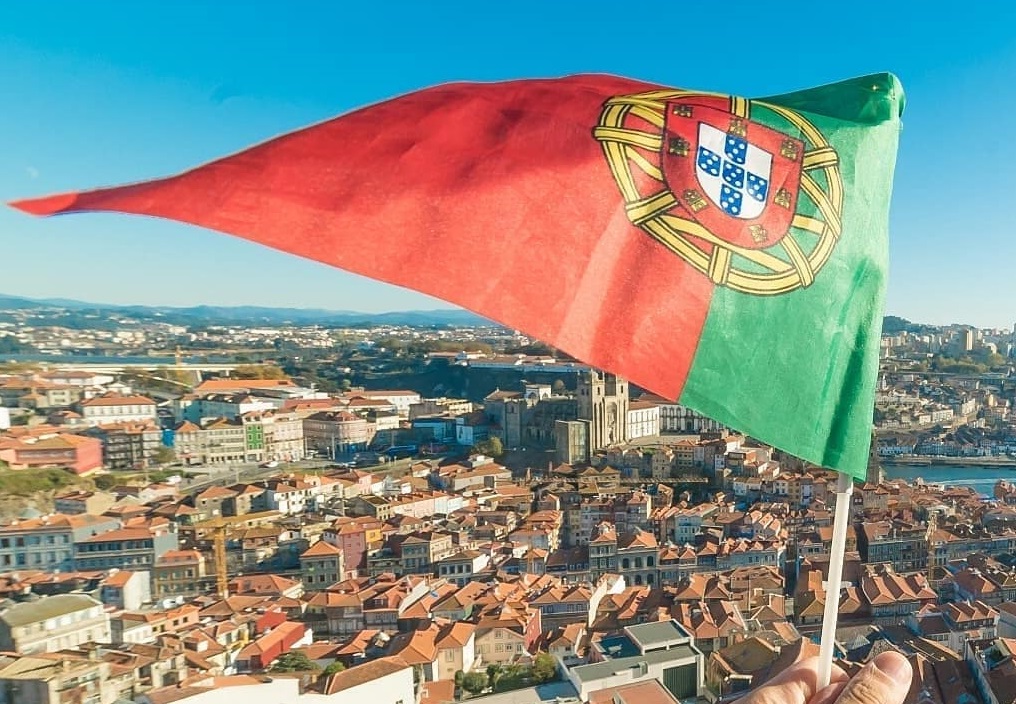

Everyone is familiar with the modern car, the train or the plane. However, there are some places in the world that depend on other rather unusual... -
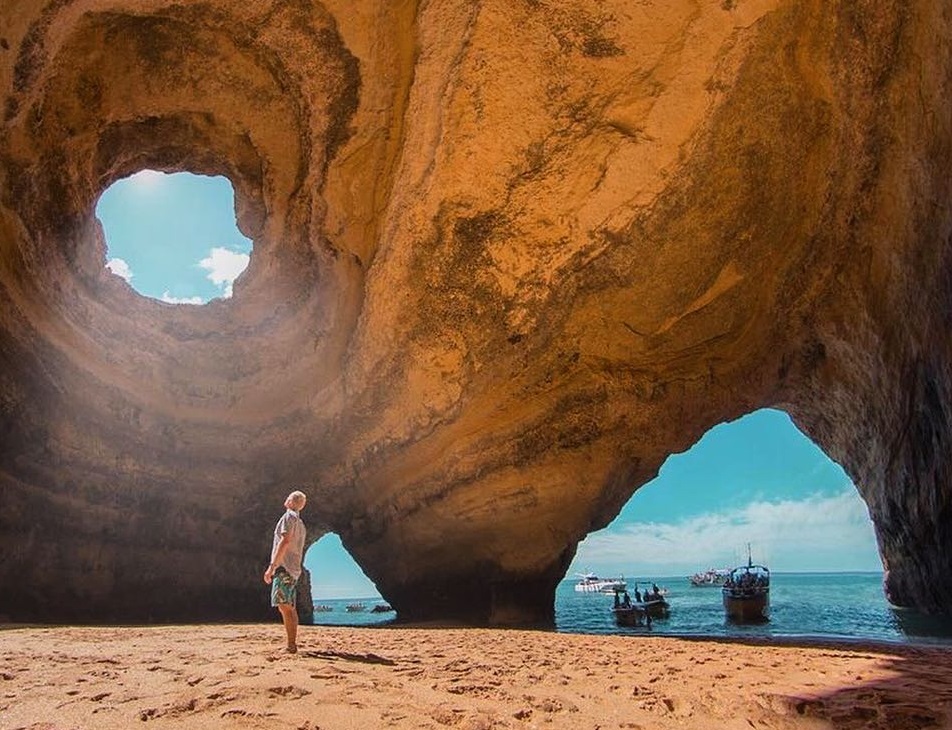

There is a secret cave Algar de Benagil in the Algarve that is a true paradise
Situated along the Algarve coast between the tourist destinations of Praia do Carvoeiro and Armacao de Pera, Benagil has for some time also been a fav... -


These are the 10 best beaches in the Algarve in 2019
Tres Irmaos Beach, Algarve Seen from above, Três Irmãos Beach is shown as a small corner of green... -
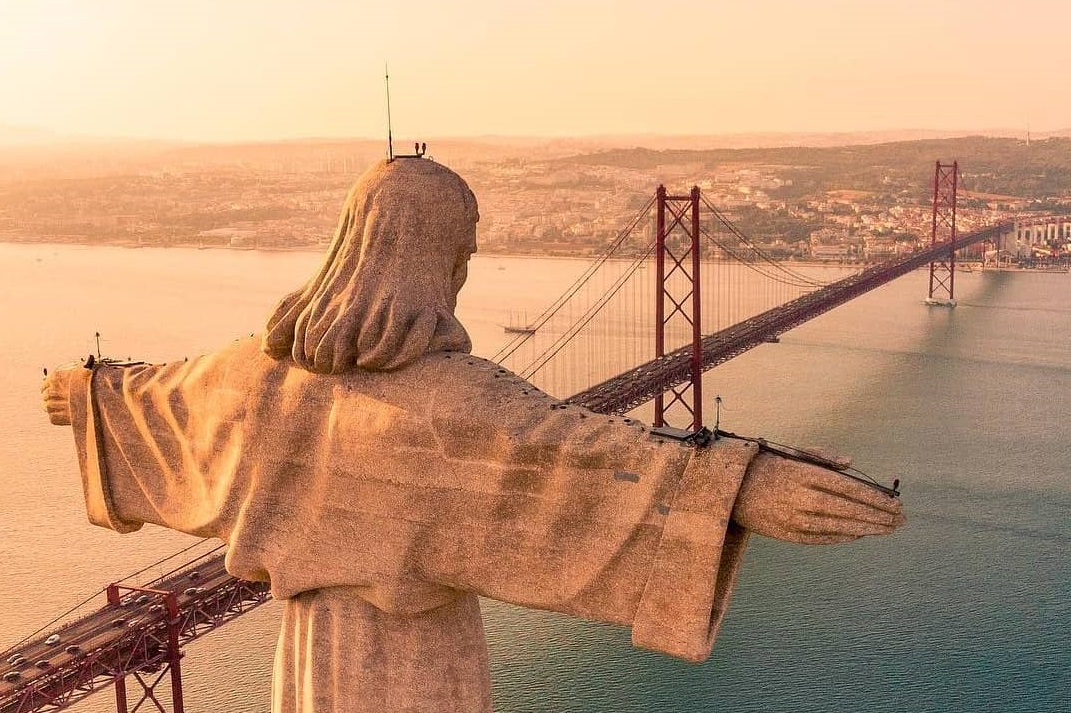

Bridge connecting Lisbon is elected by the European Best Destinations the most beautiful in Europe
This time, the European Best Destinations travel organization made a list of the 15 most beautiful bridges in Europe and placed D. Luís, in Por... -
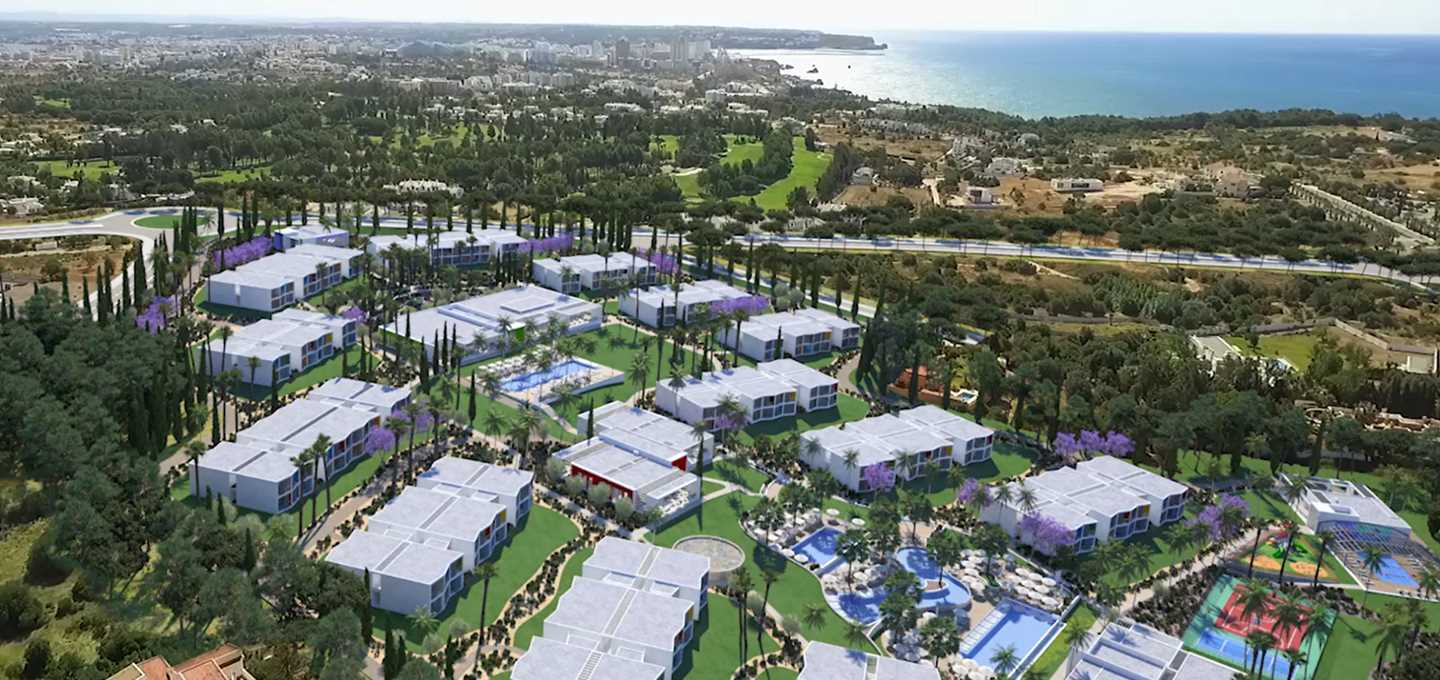

Already opened Portugals largest all-inclusive resort and kids dont pay
This Monday, May 13, was finally inaugurated the monumental Pestana Alvor Blue Beach & Golf Hotel , in the Algarve. Acco... -


10 Things All Tourists Must Know About Lisbon Portugal
Why are garbage men "Almeidas"? We call the men who collect the garbage "Almeidas" because the first to do this work came from Almeida, in Gu... -
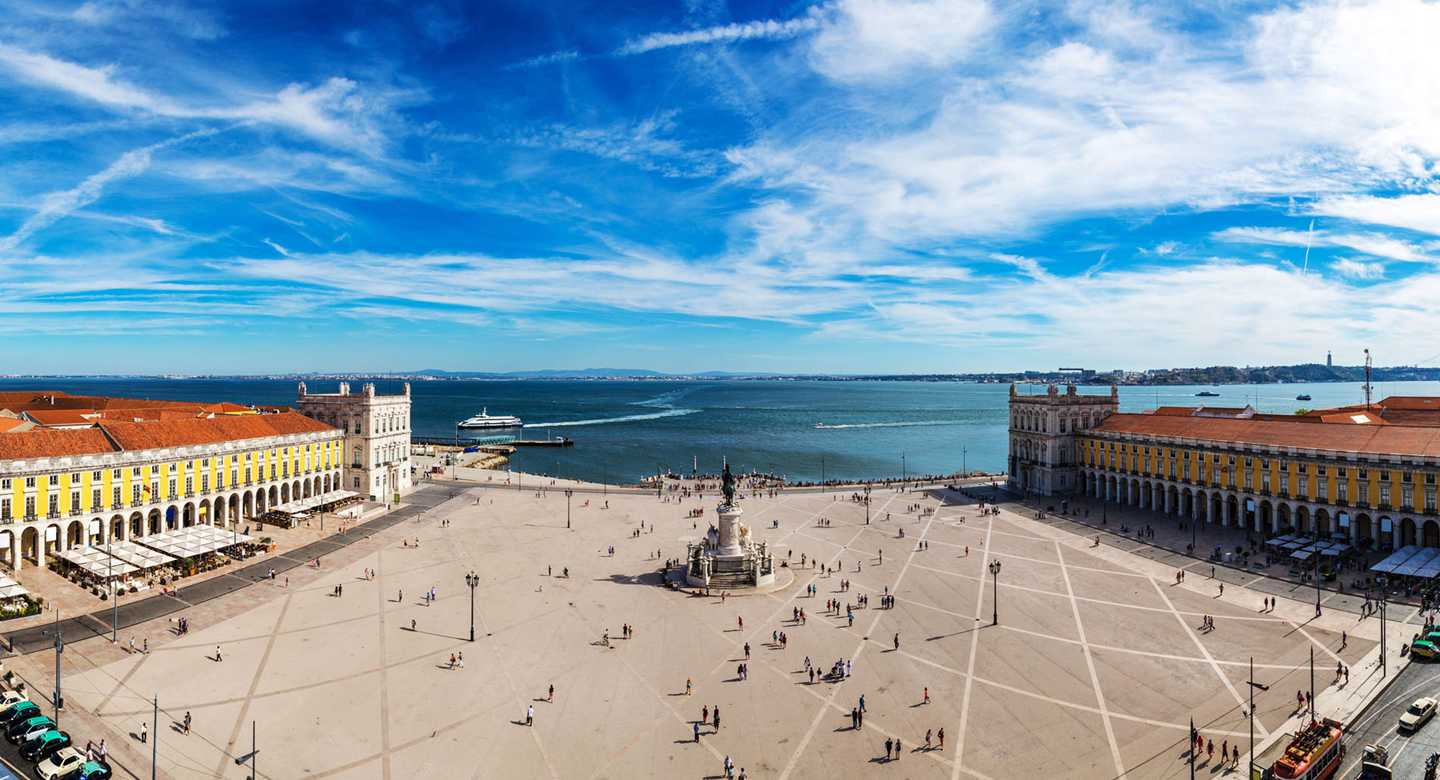

This square is the 12th largest in Europe Portugal in 5th
The Praça do Comércio , formerly the Palace Square , is a square in downtown Lisbon &nbs...
